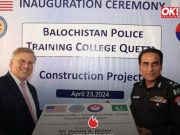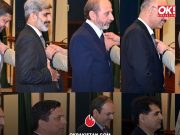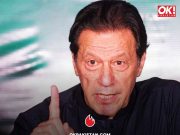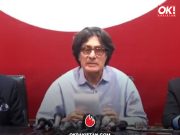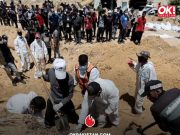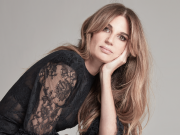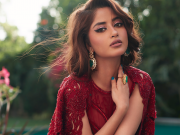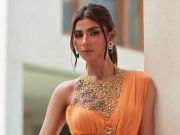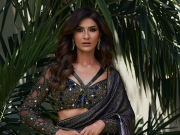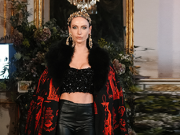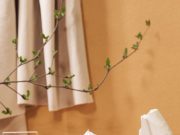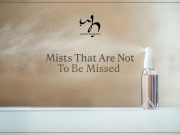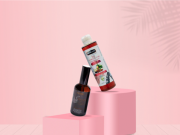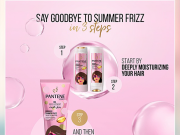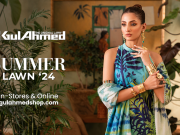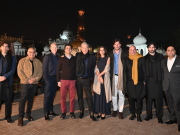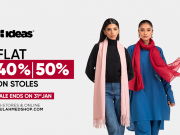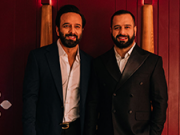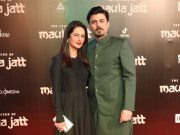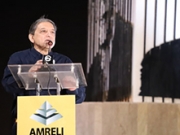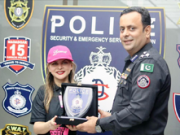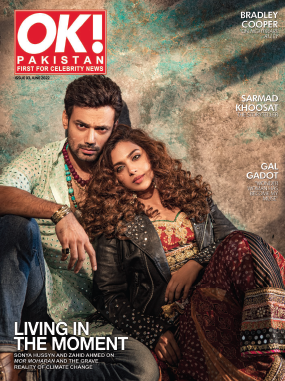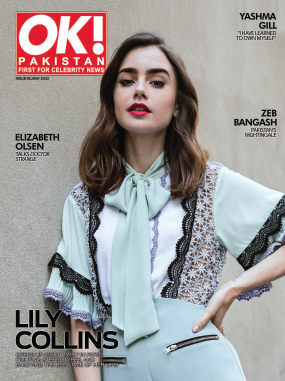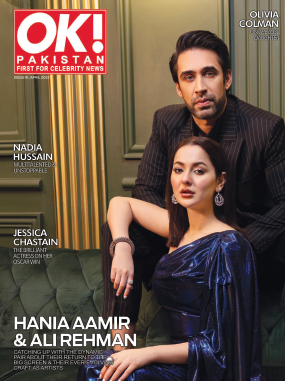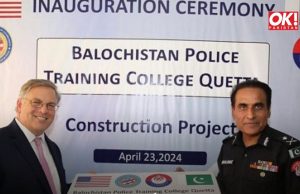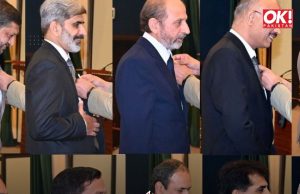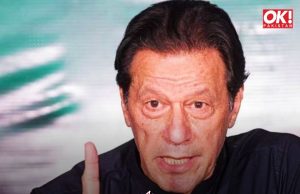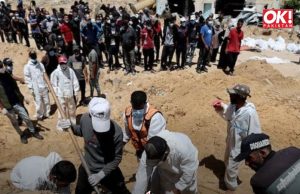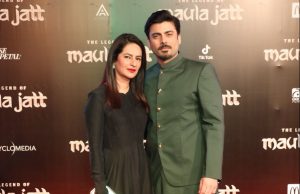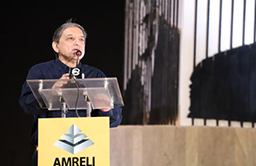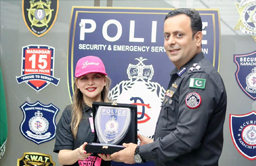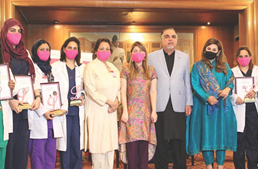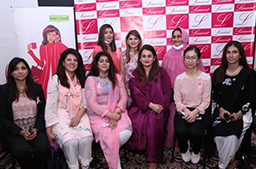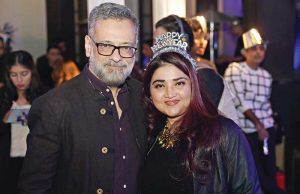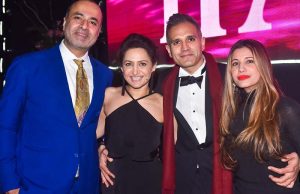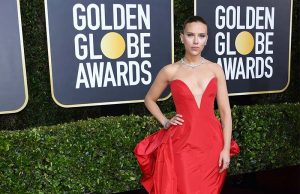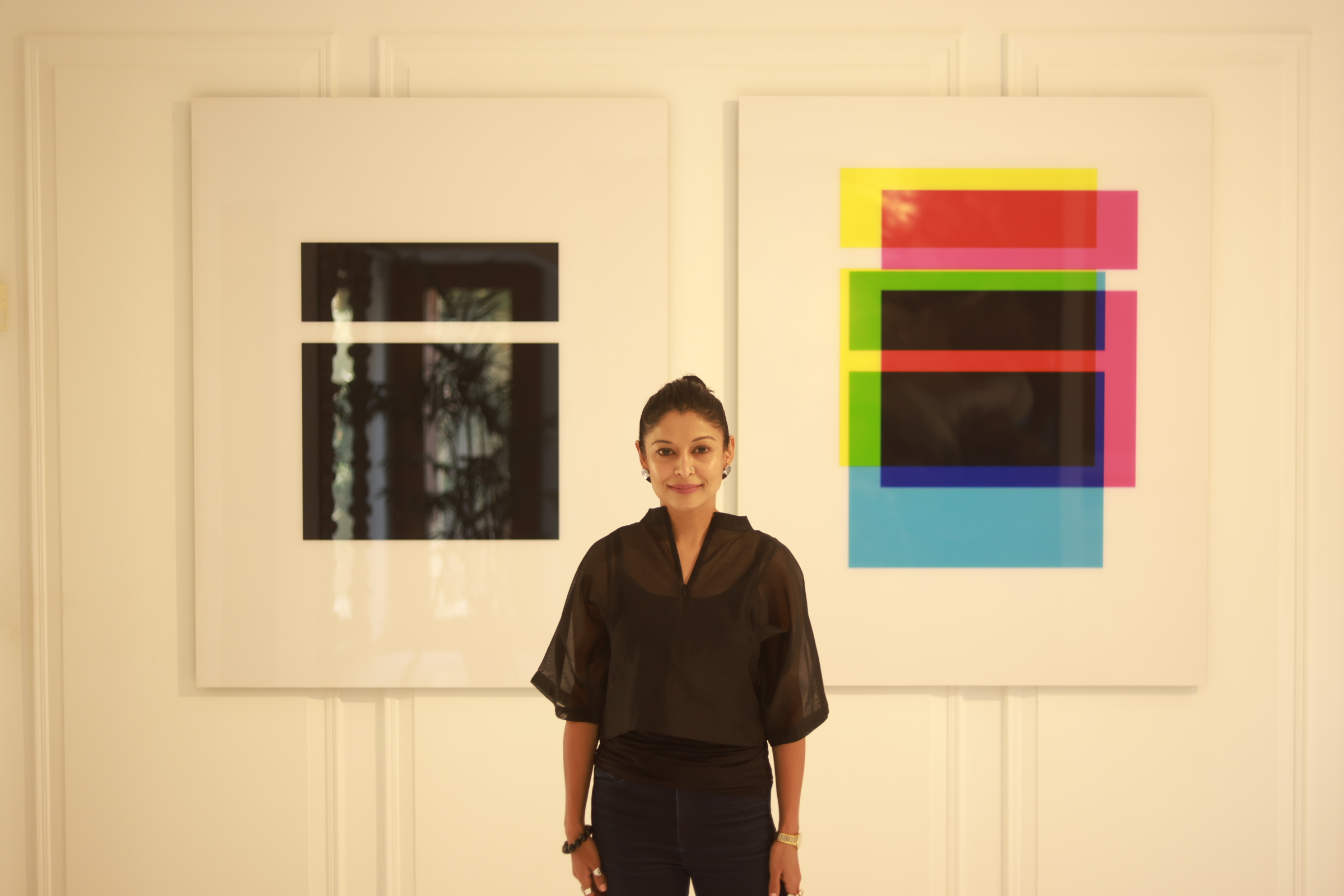
Kuwait born artist extraordinaire, Hamra Abbas and her family moved to Pakistan before the start of the Gulf War. An alumna of the National College of Arts and the Berlin University of Arts; Hamra, her husband (who is a scholar of religion), their two boys and one cat call Lahore home, today.
Internationally recognized and acclaimed for her multidisciplinary and holistic portfolio, unrestrained by subject matter or media; Hamra’s body of work draws inspiration from a myriad of sources and takes on diversity of form.
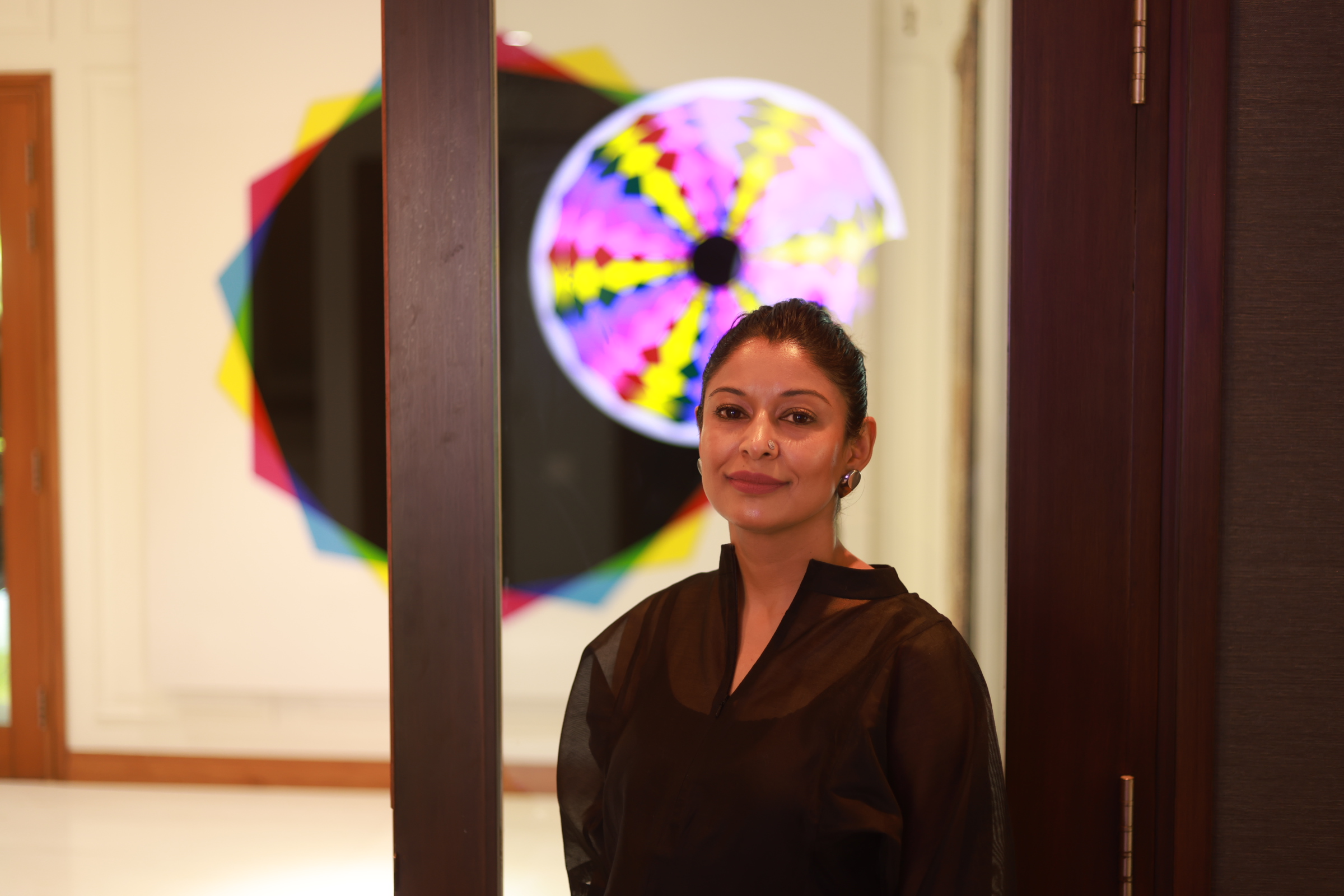 What made you realize that art is what you wanted to pursue as a passion, one that went on to become a profession?
What made you realize that art is what you wanted to pursue as a passion, one that went on to become a profession?
HAMRA ABBAS: As a kid, I always had an interest in the arts, which my father saw and encouraged. As far as I can remember, I was crafting some object or the other at home, randomly painting and drawing whatever caught my imagination. So, in a way, I knew I wanted to pursue art as a profession at an early age. Enrolling in NCA helped and paved the way. My training at NCA continues to be the strength of my current practice, in which the role of my mentor, Lala Rukh, was critical.
Your practice ‘draws from a myriad of sources and takes a diversity of forms’ – what, in your view, powers your artistic narrative?
HA: I draw inspiration from multiple sources, but predominantly from art history, devotional and cultural practice, and everyday life. After many years of living in the US, my move back to Lahore has significantly contributed to the direction of my practice. I am more than ever enchanted by the materiality of Pakistan’s historical sites, architectural forms, and aesthetic dimensions. Living in Lahore allowed me to work in a manner that would not have been possible for me in Boston, especially with my work in stone inlay, which is deeply rooted in the context of South Asia.
As an artist, how would you define your style?
HA: I am an interdisciplinary artist, so defining a (signature) style in an art historical context is difficult. Categories are important and perhaps unavoidable, but in the end, they are limiting. The relationship between form and content is complex in realizing any work. Often enough, many works have begun from one point to finish in an entirely different place than what I had envisioned. Therefore, I find categories useful up to a certain point but never entirely satisfactory.
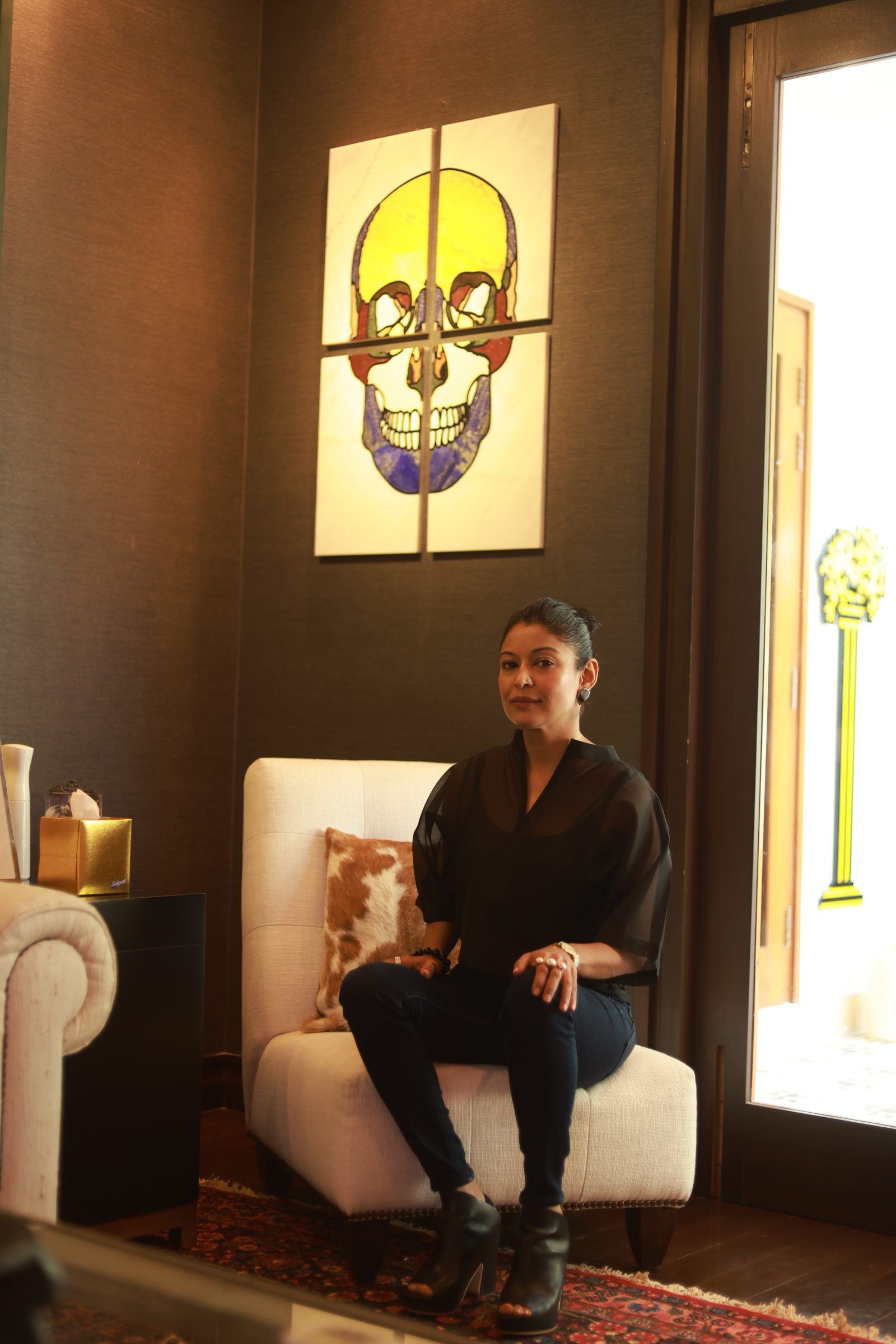 For you as an artist, is working with different mediums similar in terms of sensibilities or is each a different animal with a language of its own?
For you as an artist, is working with different mediums similar in terms of sensibilities or is each a different animal with a language of its own?
HA: The question of language in art is complex because every medium has its dialect and vocabulary. Sculpture and painting have been my main interest from the earliest. After years of working between these two very different mediums, I feel my practice, conceptually and aesthetically, is a confluence of the two. The parts of my work may look very different from one another, but they have crossovers and feed each other in surprising ways. With my work in stone inlay, each material I use is different; I will not find the same colour/texture in the next batch. I cannot predict the final image, which is only revealed after the piece is polished. That is the last stage of the work. Painting for me is highly essential, but I don’t paint all the time. So each time I return to painting, it is exciting but also terrifying. When I make prints, I work long distance with a printing lab in Istanbul, so there is a level of surprise with each work.
As an artist you split time between Pakistan and the US – does a trans-boundary practice enable you to combine the best of both worlds?
HA: It does. Living between the US and Pakistan for a decade allowed me a great deal of resources. I carried out multiple practices and studios, each in relation to its site and context. I found such a way of working to be very liberating and always exciting. Since Covid-19, I have been traveling less, being stationary in Lahore, which on the bright side, gives me more focus.
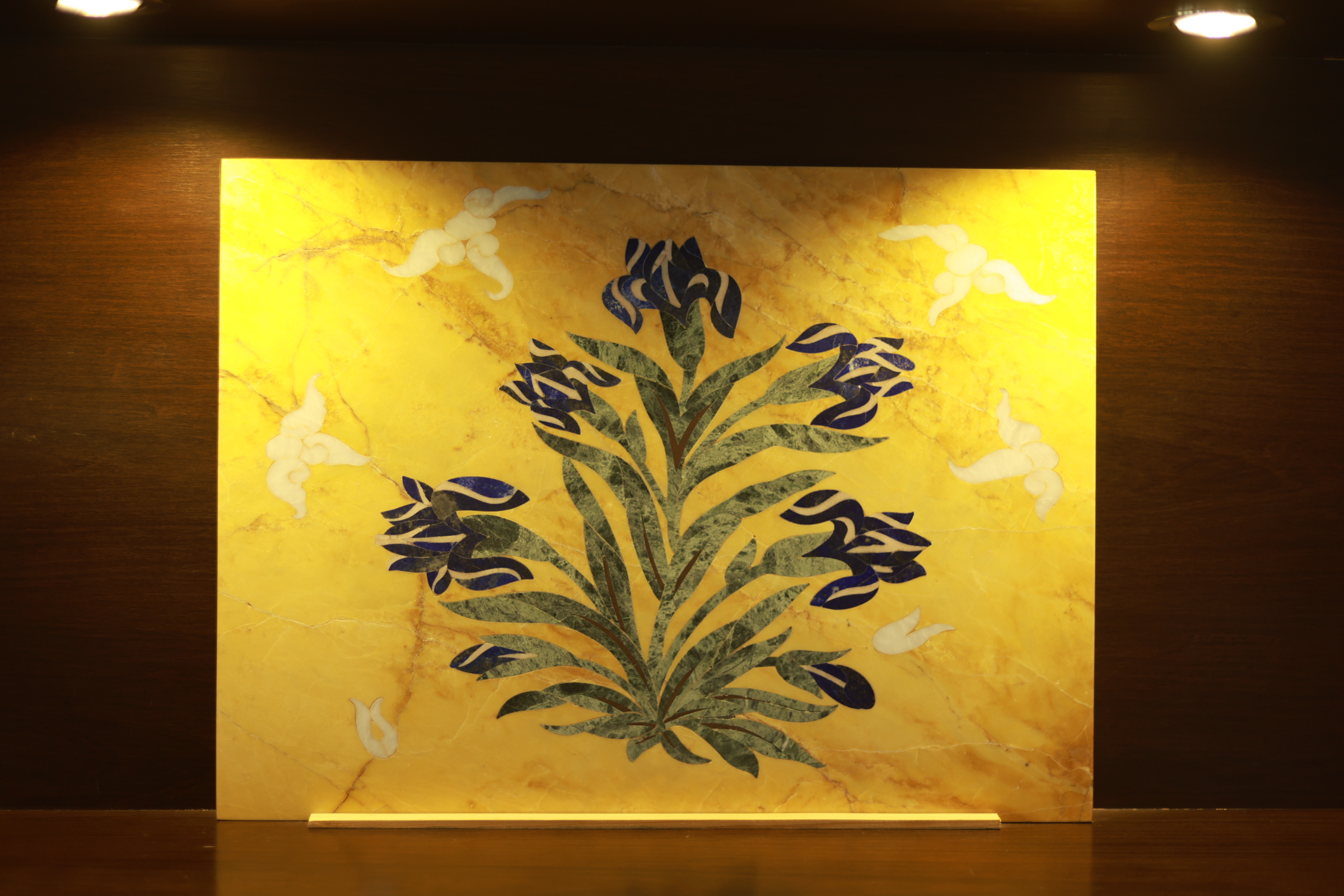 Tell us about your piece for Expo 2020 – how did you become part of the line-up for the exposition’s Dubai Public Art Program and what does it mean for you as an artist and an individual?
Tell us about your piece for Expo 2020 – how did you become part of the line-up for the exposition’s Dubai Public Art Program and what does it mean for you as an artist and an individual?
HA: I met Tarek Abou El Fetouh at the opening of my exhibition at COMO Museum of Art in Lahore, and he invited me to be part of the Expo Public Art Program. At the time, there were only six months to create a large work for Expo 2020, which was very difficult. But because of Covid-19 Expo 2020 was delayed for one year, allowing me extra time to be more ambitious with scale. This work kept me busy the entire year when everything was closed down due to the pandemic.
Is the scale of the Expo 2020 piece the largest you’ve ever worked on? Looking ahead, do you intend on more such large works in public spaces?
HA: The work I created for Expo 2020, titled ‘Garden’, is my largest work in stone. And yes, I intend to make more works in public spaces. Currently, the Cincinnati Art Museum has commissioned me to make a new Garden.
Thus far, what has been the greatest high and the biggest challenge of your career?
HA: Every work has a learning curve that includes stages of doubt, but ‘Garden’ for Expo 2020 was my biggest challenge due to its scale and material. There was no fabrication place in Pakistan that could create a work of this detail and complexity. So I had to start from scratch. First, I had to set up the spatial and mechanical infrastructure required, and then find a team of expert inlay masters to convert each part of my hand drawings into permanent pictures of stone—this process took over one year in making. My most successful work, I think, is Kaaba Picture as a Misprint (2014).
Both as an individual and as an artist: 1) what motivates you to push and raise the bar, 2) what inspires you, 3) what is your motto, 4) your comfort zone, 5) your getaway?
HA: I think the motivation has to come from inside – I work every day regardless of deadlines. Inspiration can be literally from anywhere. My motto is to keep making work. My comfort zone is morning coffee in the studio. Getaway is a lazy day in bed with Netflix and time spent with my kids.
Had you not been an artist, what alternatively might have been your calling?
HA: I don’t think I could have been anything else, but I do have an interest in food and nutrition.
Five years from now, where do you see Hamra Abbas the individual and the artist?
HA: I prefer to focus on the detail in present time, rather than plan long term. And present time is all about the projects on hand, the pandemic and my kids’ unpredictable school routines.
What’s next for Hamra Abbas?
HA: This year, I have several institutional commissions and exhibitions, along with a solo show and art fairs with my galleries. I am working on my book that is being published by COMO Museum of Art, and plan to complete my new studio in Lahore.
INTERVIEW: YUSRA ASKARI
PHOTOGRAPHS: JAFFER HASSAN
![]()



